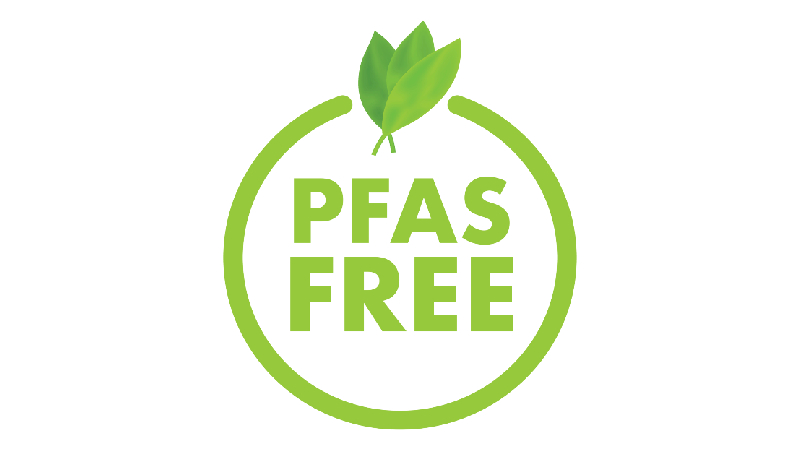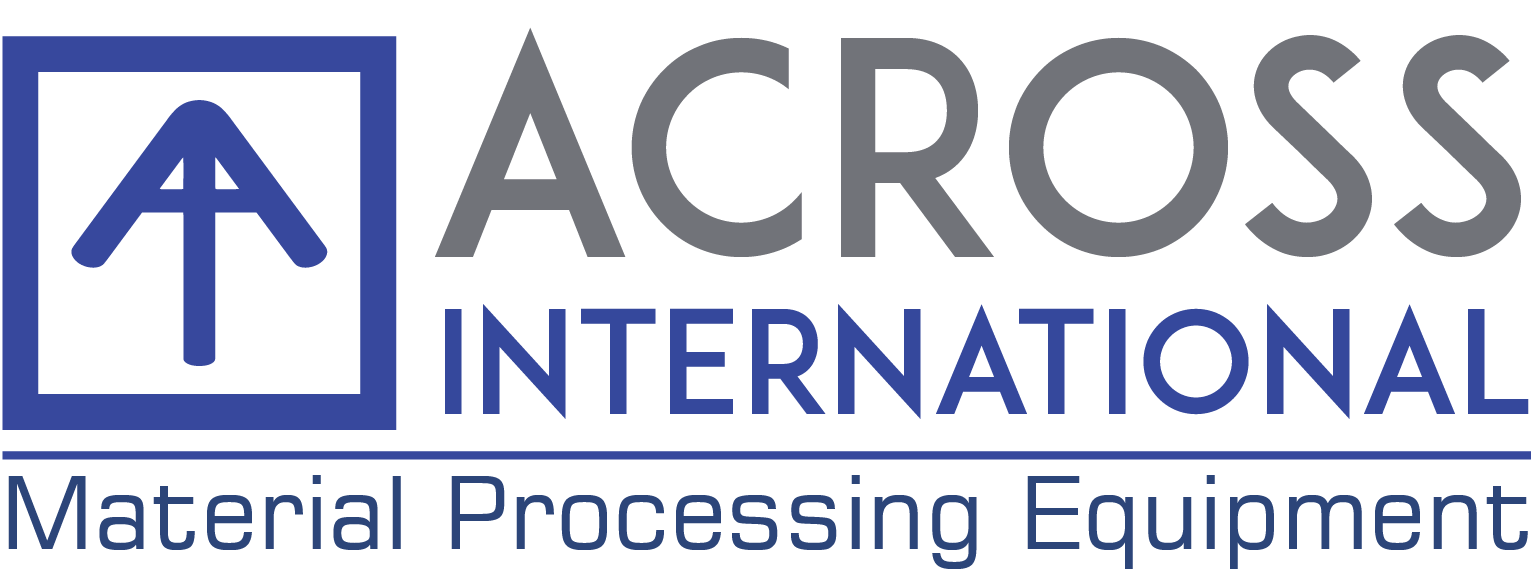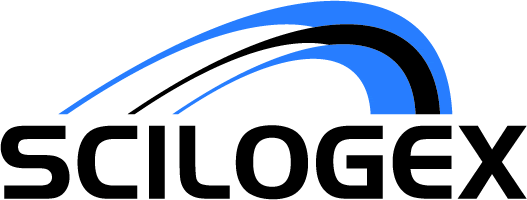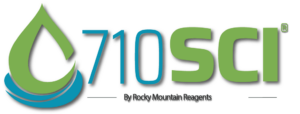
The Path to PFAS-Free Products: Understanding the Journey
In recent years, PFAS chemicals, or per- and polyfluoroalkyl substances, have become a hot topic in public health and environmental discussions. Known for their widespread use and persistence, these chemicals have raised significant concerns about their potential impacts on human health and the environment. As awareness grows, so does the push for products that are free of these substances. Here’s a closer look at PFAS, why they matter, and how the journey toward “PFAS-free” products is taking shape.
What Are PFAS and Why Are They a Concern?
PFAS are a group of synthetic chemicals used in various industrial and consumer products for their water- and grease-resistant properties. From nonstick cookware to waterproof clothing, PFAS have been staples in manufacturing for decades. However, their benefits come with a downside: they are exceptionally durable and break down very slowly over time. This persistence has earned them the nickname “forever chemicals.”
The Environmental Protection Agency (EPA) has highlighted several critical concerns about PFAS:
- Widespread Presence: PFAS are found in water, air, soil, and even in the blood of humans and animals globally.
- Health Risks: Scientific studies suggest that exposure to some PFAS may lead to harmful health effects, including potential risks to the immune system, developmental delays in children, and increased cancer risk.
- Environmental Impact: PFAS accumulation in ecosystems poses risks to wildlife, with contamination often linked to industrial sites and consumer waste.
EPA’s Role in Addressing PFAS
The EPA is taking a proactive approach to address the challenges posed by PFAS. Efforts include:
- Developing better methods to detect and measure PFAS in air, water, and soil.
- Enhancing understanding of how much PFAS humans are exposed to and the associated risks.
- Exploring effective ways to remove PFAS from drinking water and safely manage their disposal.
By improving scientific knowledge and offering actionable steps, the EPA aims to mitigate the risks of PFAS exposure for both people and the environment.
The Promise of PFAS-Free Products
For companies like ours, the journey toward PFAS-free products is both a challenge and an opportunity. As consumer demand for safer, more sustainable options grows, we are committed to doing our part in providing high-quality products to all our customers. Achieving a PFAS-free designation requires thoroughly evaluating our materials and processes to ensure that every component meets stringent standards.
While the transition won’t happen overnight, we are taking significant steps to align with evolving regulations and customer expectations. Transparency and accountability are at the core of our efforts, and we look forward to sharing updates as we move closer to making PFAS-free products a reality.
Why It Matters
The push for PFAS-free products isn’t just about meeting regulatory requirements—it’s about safeguarding health and the planet. By eliminating PFAS from the chemicals that go into making our daily items. We can help reduce their presence in the environment and contribute to a healthier future for all.
As we navigate this journey, we are inspired by the growing awareness and collective action to address the PFAS challenge. Together, we can make meaningful progress toward a world where “forever chemicals” no longer have a lasting impact on our lives and ecosystems.
Stay tuned for more updates as we work toward achieving PFAS-free certification and continue our commitment to sustainability and innovation. If you have questions about any of our chemicals and if they are PFAS-free, please reach out to our quality department below. We will do our best to answer your questions to the best of our capabilities.





















